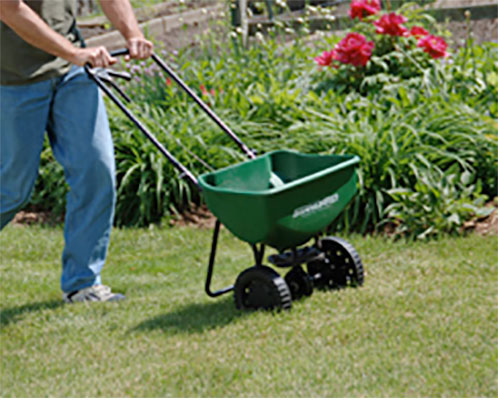
Melinda’s Garden Moments is heard Mon.-Fri. at 7:45 and 10:45 a.m. and 4:45 p.m. on WHAV.
Fall is the perfect time to help your lawn recover from the stressors of summer and prepare for winter.
Fall fertilization with a low nitrogen slow release fertilizer, like Milorganite, helps lawns recover from summer stress, encourages root growth, thickens your grass stand, and prepares the lawn for winter. Plus, it won’t damage already stressed lawns.
Northern gardeners growing cool season grasses like Kentucky bluegrass, fescue, and ryegrass should make one application around Labor Day and their last application sometime between Halloween and Thanksgiving, but before the ground freezes.
Those in the south growing Bermuda, St Augustine and other warm weather grasses can make their last fertilization about one month before the lawn goes dormant. That’s about the time of the first killing frost. Fertilizing later can result in winter damage.
And always sweep any clippings, fertilizer and other debris off walks and drives to prevent them from entering our waterways and eventually our drinking water.
A bit more information: Continue to mow your lawn high and for as long as it continues to grow in fall. There’s no need to cut the lawn shorter for winter unless you are in an area subject to winter diseases.
For more gardening tips, how-to videos, podcasts and more, visit www.melindamyers.com.

